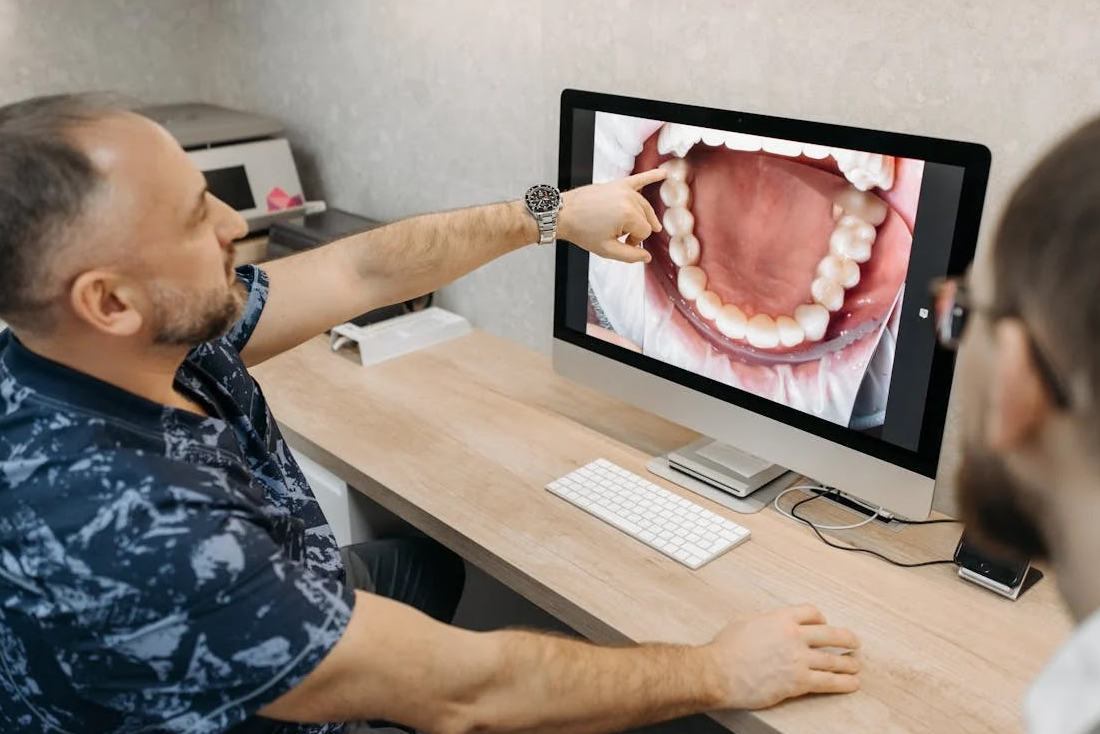Damaged teeth do not have to stand out. Crowns are tooth-shaped coverings that hide damage while also restoring a tooth's strength and endurance. They can help restore a tooth's function while also improving the appearance of your teeth.
Crowns come in a variety of materials to meet your specific preferences and needs. Crowns do not endure forever, but with proper maintenance, they can last up to 10-15 years on average.
If your dentist determines that you require a crown during your next dental exam, they will review your options and answer any questions you may have about receiving a crown custom-made for your teeth.
Crowns are artificial caps that fit over damaged teeth, providing a natural appearance and feel. Your dentist may recommend a crown for a variety of reasons, such as protecting a weak, decayed, or cracked tooth, restoring a worn-down tooth, holding a dental bridge in place, providing a cosmetic fix, covering a misshapen or discolored tooth, or as a preventive measure.
What Types of Crowns Are Available?
While you and your dentist explore the many types of crowns available, they will make suggestions based on several variables, including:
- The position of the teeth;
- The expected visibility of the crown when you smile;
- How much of the natural tooth remains intact?
When choosing a crown, consider the durability and attractiveness of each material. It is worth noting that each form of crown may have a distinct lifespan.
Metal crowns
Gold is one of the most commonly utilized materials in restorative dental care, and dentists continue to use it in crowns with other mixed metals. Metals are extremely robust and can withstand the tremendous power of biting and chewing. Gold crowns are rarely broken or worn out, so they can last for decades.
The obvious disadvantage is the eye-catching character of gold. It can appear unnatural and is difficult to conceal. Dentists frequently recommend metal crowns for out-of-sight molars and prefer more natural-looking materials for front teeth.
Composite crowns
Composite crowns are a tooth-colored, natural-looking alternative that can be less expensive but are not always as durable. Compared to other crowns, they are more susceptible to wear from ordinary daily routines such as chewing and brushing. The polished surface might fade, making the material susceptible to discoloration or stains.
Porcelain crowns
Porcelain crowns can be a natural-looking option for teeth due to its excellent color matching. Dentists can use them for front teeth because they do not appear artificial and are not strong enough for back molars or premolars. Porcelain is more brittle and prone to chipping than metal.
Crowns made from porcelain fused to metal
Porcelain-fused-to-metal crowns are a wonderful solution for those who want the strength of metal with the natural appearance of porcelain. When placing these crowns, your dentist can color-match adjacent teeth, and they can be used on either the front or rear teeth.
The outside porcelain coating is still prone to chipping, but with careful maintenance, your crown can survive for 10-15 years.
When to Replace Your Crown
During your regular dental exams, your dentist will check the health of your teeth and the quality of the crown. If there are any concerns or odd indicators of wear, your dentist will discuss them with you or prepare you to replace your crown.
Between appointments, keep a watchful eye on your crowns for indicators that they should be replaced. Cavities, tooth decay, and gum disease can all be caused by food and germs accumulating beneath a cracked, damaged, or aging crown.
The following signs may indicate that your crown needs replacement:
- Pain in the tooth with a crown;
- An alteration in the crown's look;
- A sensation that the crown is shifting or becoming loose.
If you're having irritation in and around a crowned tooth, get a dental exam to rule out any issues with the tooth or the surrounding tissue.






Comments